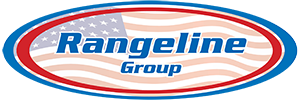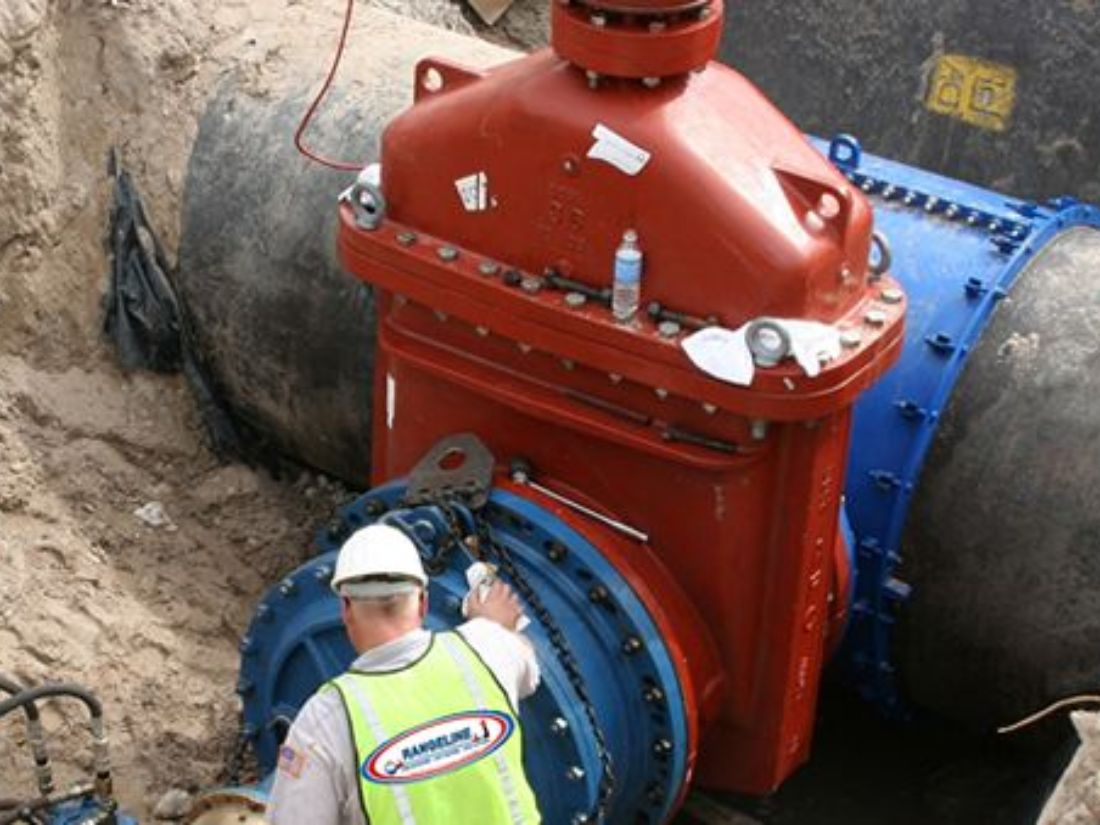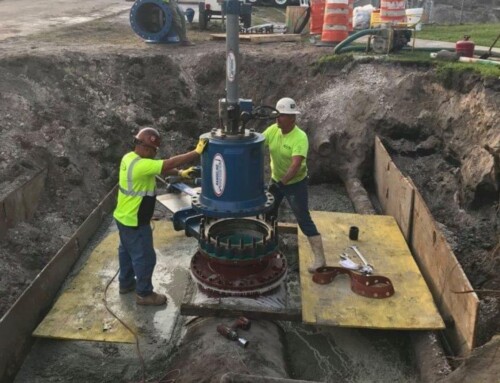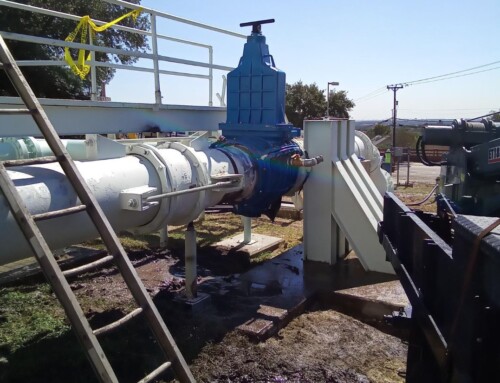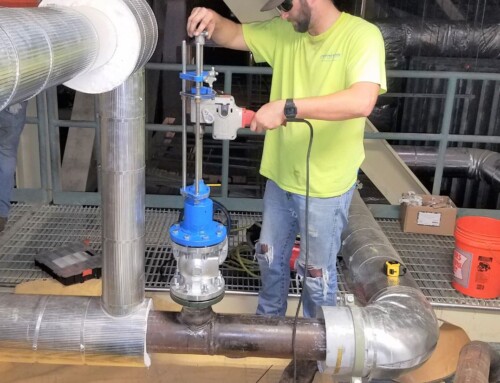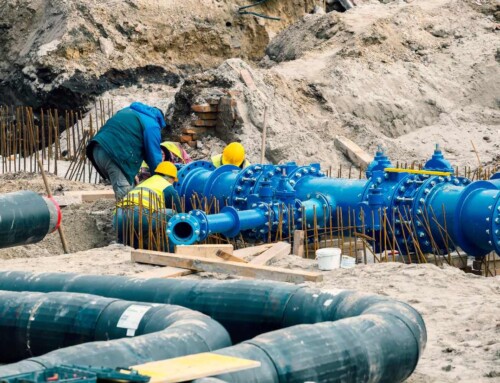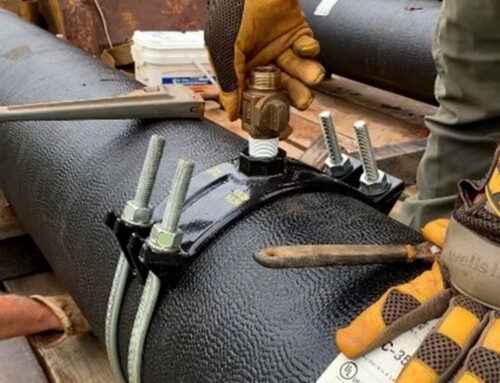Managing mechanical and utility networks is critical for maintaining piping infrastructure and ensuring businesses operate efficiently. One essential element within this management is pipe tapping, which involves creating connections to existing pipelines without interrupting the flow of fluid or gas. In this blog post, we will explore the various pipe tapping methods available and highlight their benefits and drawbacks to help you make informed decisions when planning your next project.
Hot Tapping and Its Advantages
Hot tapping, also known as pressure tapping or live tapping, creates branch connections to pipelines without halting their flow. This procedure is particularly beneficial when working with pressurized systems or when it is impractical to interrupt service. The key benefits of hot tapping include the following:
- Minimal downtime – Since service is not interrupted during the tapping process, businesses and residents can continue using the system without experiencing lengthy shutdowns.
- Safety and environmental protection – Maintaining system pressure reduces the risk of accidents or environmental damage caused by releases.
- Cost savings – Hot tapping avoids costly shutdowns, which would otherwise impact operations and cause potential revenue loss.
Wet Tapping and Its Applications
Wet tapping, a subset of hot tapping, refers to tapping into water pipelines while they operate. Similar to hot tapping, people use a wet tap for water mains when the cost or inconvenience of shutting down a water supply is too high. This method is common for connecting slurry pipelines, process water lines, and wastewater systems.
Cold Tapping Procedures
Cold tapping involves creating connections on non-pressurized systems. The workers depressurize and isolate the pipeline from active systems before tapping. Cold tapping is typically a slower, more labor-intensive process than hot or wet tapping, but it may be more suitable for your application. The main advantages of cold tapping include the following:
- Lower risk – Since the pipeline is not pressurized during the operation, the potential harm to workers or the environment reduces significantly.
- Compatibility – Cold tapping may be best when working with pipelines composed of materials unsuitable for hot tapping, such as plastic or cast iron.
Mechanical Tapping Methods
Mechanical tapping is another method available for pipe tapping. Workers use mechanical devices, like drilling machines or tapping saddles, to create new connections. You can employ this procedure for various pipe materials and diameters, making it practical for a wide range of projects. Noteworthy features of mechanical tapping include the following:
- Versatility – Mechanical tapping tools are adjustable and can accommodate different pipe materials, temperature, pressures and diameters.
- Efficiency – This method does not require the same high-level expertise as hot or cold tapping procedures, making it faster and more cost-effective.
Choosing the appropriate pipe tapping method depends on factors like pipeline material, system pressure, project timeline, and budget constraints. It’s important to know that they are all viable options. Understanding the distinctive qualities of these methods will enable you to make well-informed decisions that benefit your piping infrastructure and the businesses within it.
